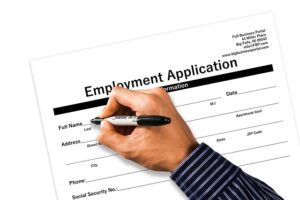Workday Job Application Status Meanings | Explained In Details
The Workday job application status means where an application stands in the hiring process. Here Status indicates the different stages or steps that an application goes through during the hiring process in the Workday system. These statuses provide information about the progress and status of your application. The meaning of … Read more





